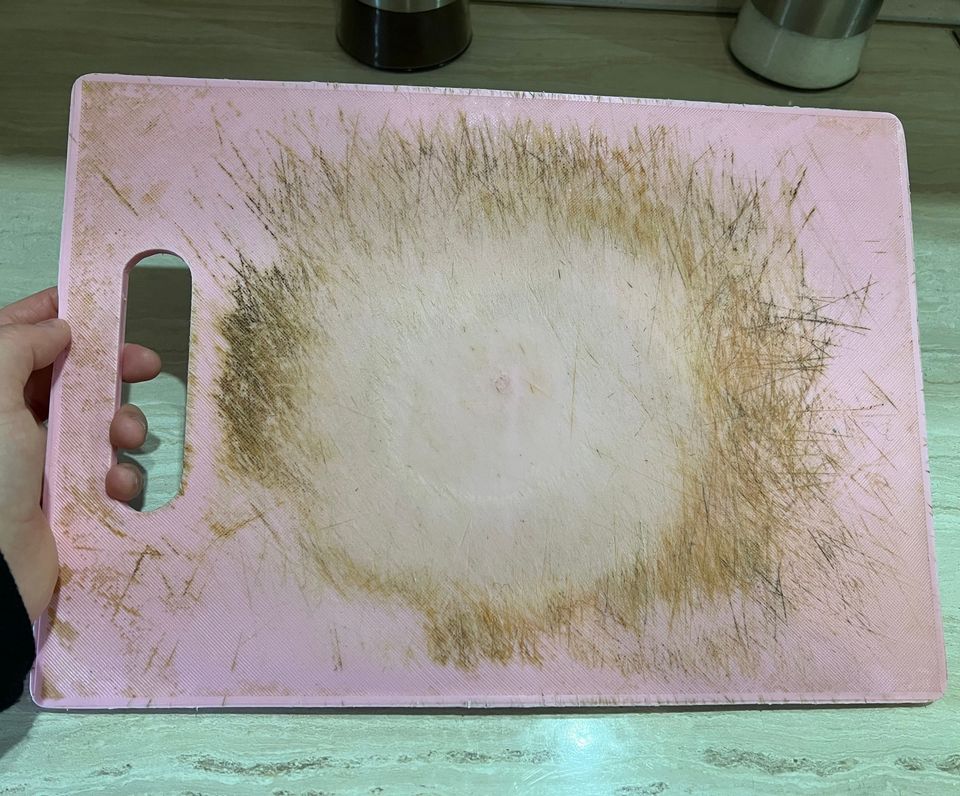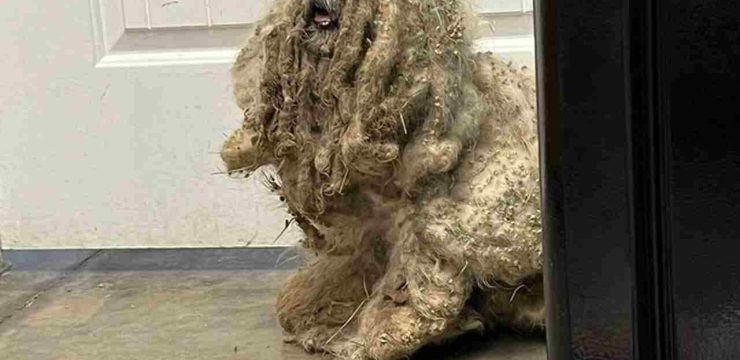There was this moment when I glanced down at my plastic cutting board and realized—ugh, it was pretty gross. Not like health-inspector-shuts-you-down gross, but definitely not something you’d want to prep tonight’s dinner on without second thoughts. There were these stained little streaks, knife marks packed with something mysterious, and I couldn’t even remember what I’d chopped last.

That’s when it hit me: when was the last time I actually gave this board a proper clean? I don’t mean a lazy rinse or a quick swipe with a half-used sponge. I mean a real scrub. And honestly, I had no clue. So, I decided it was time to treat this humble kitchen tool with a little more respect. I started with the basics—good old soap and hot water. It sounds obvious, but until then, I’d been phoning it in with cold water and hoping for the best. Now I take the hottest water my faucet gives, a decent scrub brush, and a solid squirt of dish soap. If I’ve been working with raw chicken or anything sticky, I make sure to give it extra attention.
I do this after every use now—well, most of the time. Unless I forget. It happens. Then I stumbled upon a tip that sounded way more elegant than it really is: tea tree oil spray. I’d had a bottle from a past skincare obsession collecting dust. I mixed a teaspoon of tea tree oil with a cup of water in a spray bottle. After washing the board, I give it a spritz and let it air dry. Not only does it smell awesome, but it also makes me feel like I’m doing something fancy for my cutting board.
When my board’s been through the wringer—stained, smelly, and looking like it just survived a kitchen war—I go for the big guns: hydrogen peroxide and baking soda. Equal parts mixed into a paste, slathered right over the worst spots. I use a scrub brush to work it in (don’t use your fingers unless you enjoy gritty hands), let it sit for a few minutes, and rinse with hot water. It’s one of those rare times a DIY trick actually delivers. Then there’s the lemon and salt combo, which I probably saw on a cooking show years ago. Slice a lemon in half, sprinkle coarse salt over the board, and scrub using the lemon like it’s a sponge.
The salt scours the surface while the lemon juice breaks down grime. It’s messy, yes, but oddly satisfying—and your board smells like fresh salad afterward. White vinegar, that pantry staple we all ignore until we desperately need it, turned out to be another great option. I mix equal parts white vinegar and water in a spray bottle. After the usual soap-and-water scrub, I spray the board, let it sit for a couple minutes, then rinse. The smell isn’t exactly pleasant, but somehow, it neutralizes odors and makes the board feel truly clean. Now here’s the rule I live by: always sanitize after working with raw meat.
I used to skip this, assuming the dishwasher would take care of it. Now, whether it’s the tea tree oil, vinegar spray, or just tossing it in the dishwasher, I make sanitizing part of the routine. Just make sure your board is actually dishwasher safe—some of my old ones warped or cracked, and that was the end of them. Eventually, though, no matter how well you clean it, your cutting board reaches the end of the line. I had one that looked like it had been used to navigate across the country—it was full of deep grooves and wouldn’t stop smelling like onions. If your board is permanently stained, the knife marks are too deep, or it smells no matter what you do, it’s time to let go. You can grab a new one for under ten bucks, and it’s not worth risking your health over nostalgia.
These days, I’ve built a little cleaning ritual around my cutting board. That might sound dramatic, but there’s something reassuring about knowing the thing you use every day to prep your meals isn’t harboring yesterday’s germs. Sure, sometimes I still rinse and walk away like I used to. Nobody’s perfect. But when I take the time to clean it properly, it shows. The board looks better, smells better, and I don’t get that uneasy feeling halfway through dinner prep. That, in my book, is totally worth the extra few minutes.





